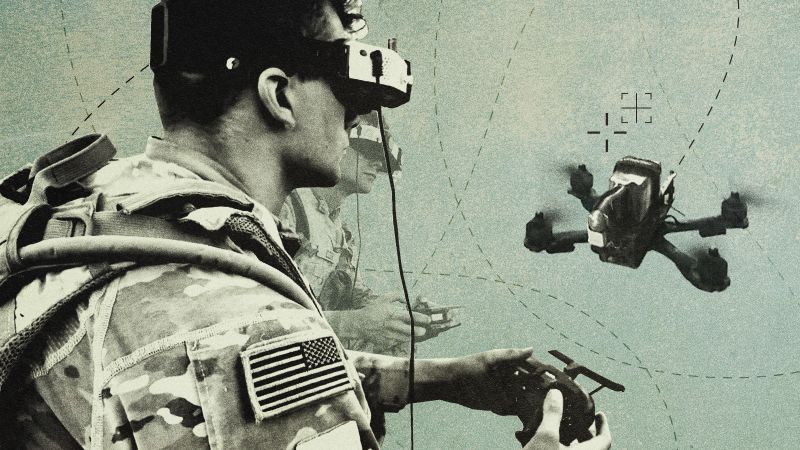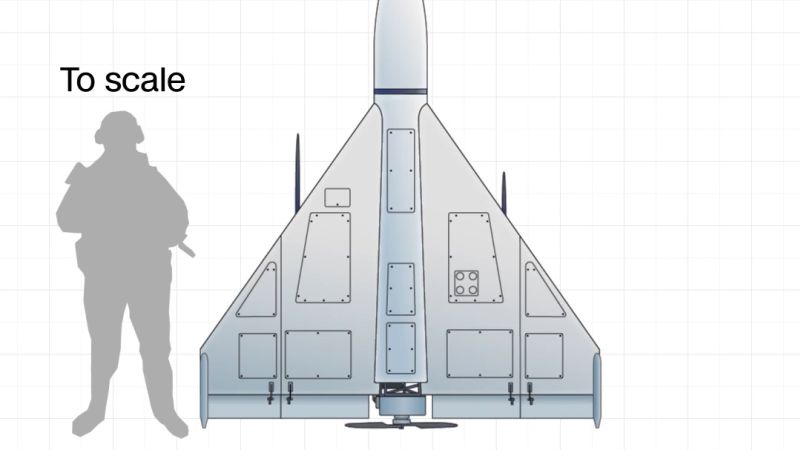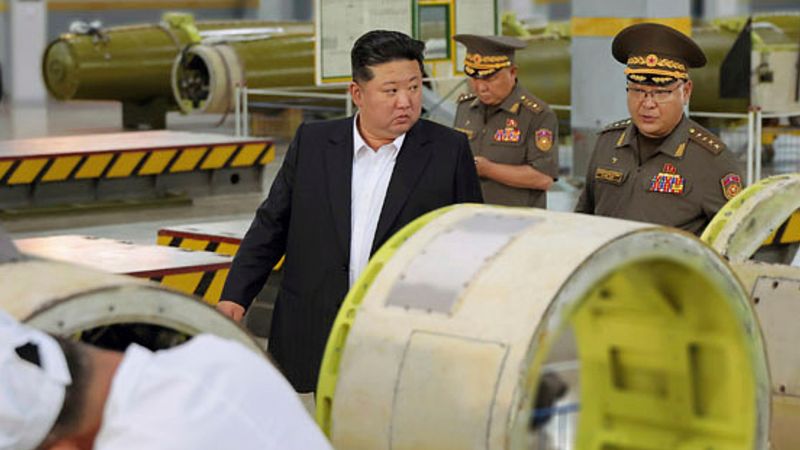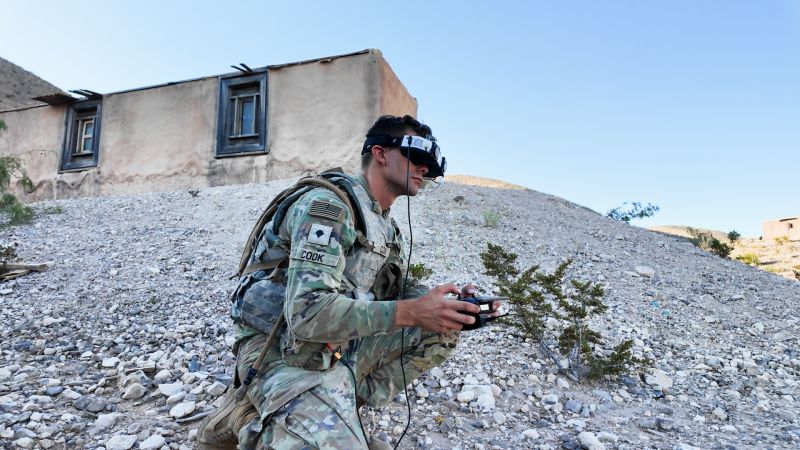
Challenges and Opportunities in Modern Warfare Technology
Opinion | 9/15/2025
The United States military faces a pressing challenge in adapting to modern warfare tactics involving unmanned systems, with a particular emphasis on drones. While the US military has historically been at the forefront of developing sophisticated and costly weaponry, there is a significant gap in preparing soldiers for the effective utilization of smaller, more affordable systems like drones. This discrepancy underscores a critical need for upskilling and strategizing to align with evolving battlefield dynamics.
A lack of expertise among American soldiers in effectively operating unmanned systems has emerged as a notable concern. The intricate nature of drone technology necessitates specialized training and proficiency, an area where the US military is perceived to lag. As the battlefield landscape continues to shift towards the integration of unmanned systems, the imperative for enhancing soldier proficiency in this domain becomes increasingly evident.
In contrast to its proficiency in producing large-scale, high-cost military equipment, the US military faces a notable challenge in swiftly manufacturing substantial quantities of smaller, cost-effective systems such as drones. This deficiency raises pertinent questions about the adaptability and agility of the US defense apparatus in responding to the evolving demands of modern warfare scenarios that emphasize precision and flexibility.
A White House official emphasized the importance of addressing the skills gap in utilizing unmanned systems effectively, stating, “Ensuring our military personnel are equipped with the necessary knowledge and capabilities to leverage drone technology is paramount for maintaining operational readiness and strategic advantage in contemporary conflicts.” The imperative for strategic investments in training and resource allocation to bridge this gap remains a focal point for military leadership and policymakers.
As the US military navigates the challenges posed by the proliferation of unmanned systems in contemporary warfare, the need for comprehensive training programs, agile production capabilities, and strategic planning to harness the potential of drones on the battlefield emerges as a crucial imperative. Addressing this dilemma is pivotal for ensuring that the most advanced military in the world remains adaptive and effective in the modern combat landscape.


